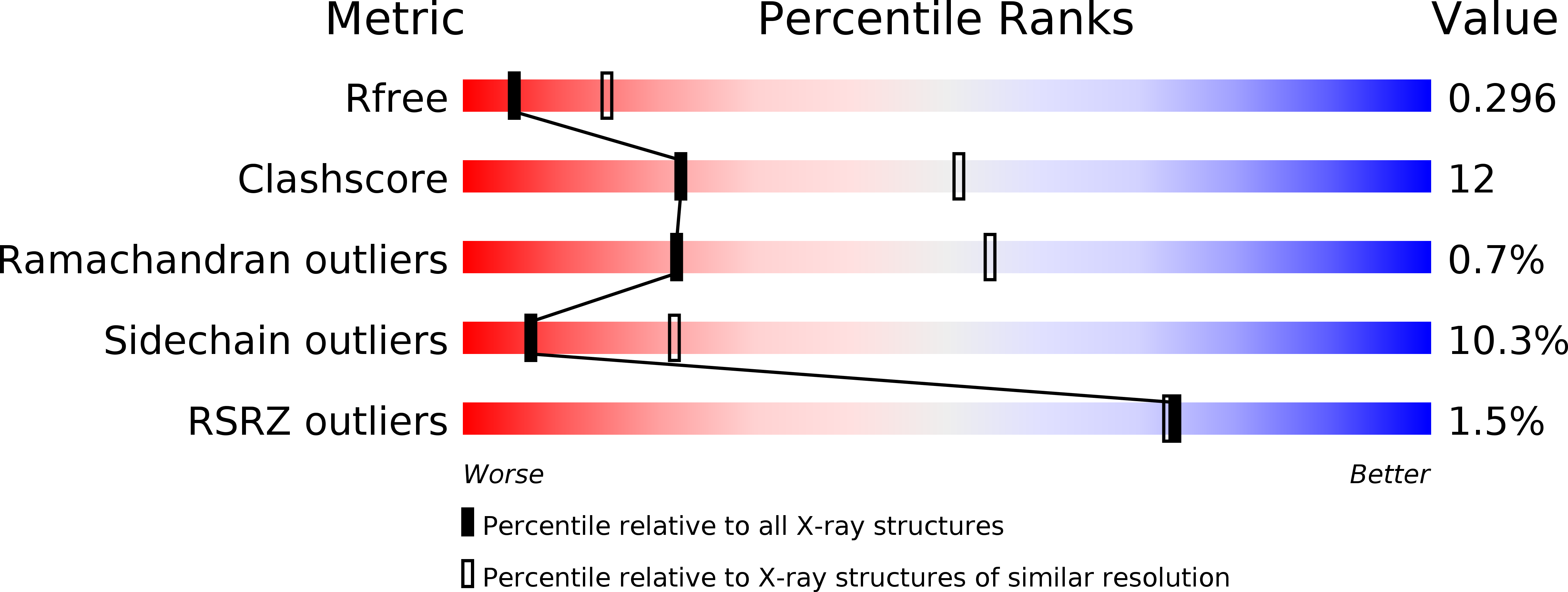
Deposition Date
2010-02-10
Release Date
2010-04-21
Last Version Date
2023-11-01
Entry Detail
PDB ID:
3AEQ
Keywords:
Title:
Structure of the light-independent protochlorophyllide reductase catalyzing a key reduction for greening in the dark
Biological Source:
Source Organism:
Rhodobacter capsulatus (Taxon ID: 1061)
Host Organism:
Method Details:
Experimental Method:
Resolution:
2.90 Å
R-Value Free:
0.29
R-Value Work:
0.23
R-Value Observed:
0.23
Space Group:
P 1 21 1


